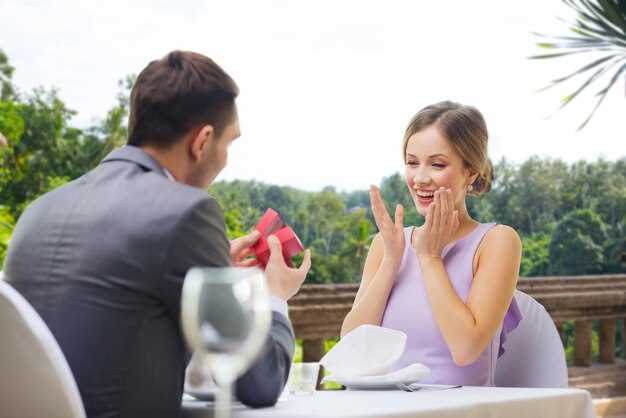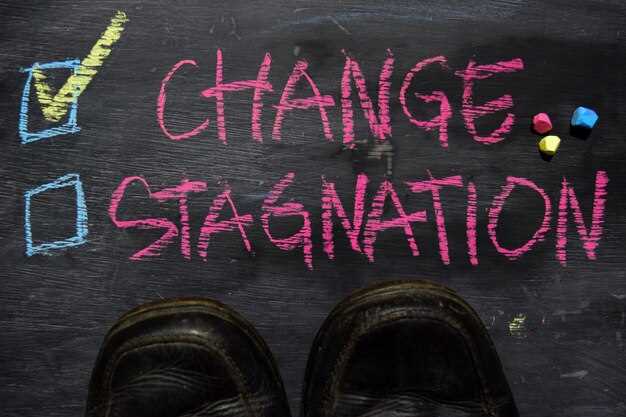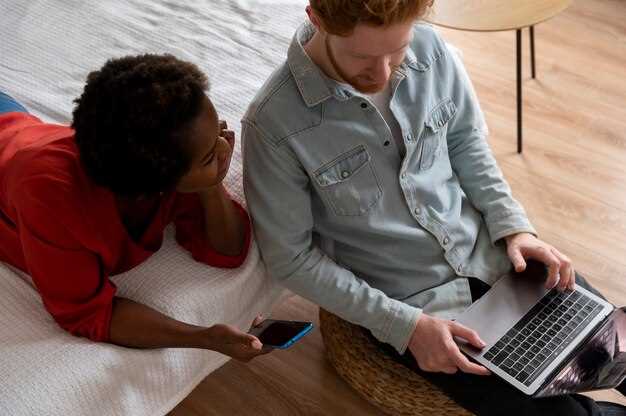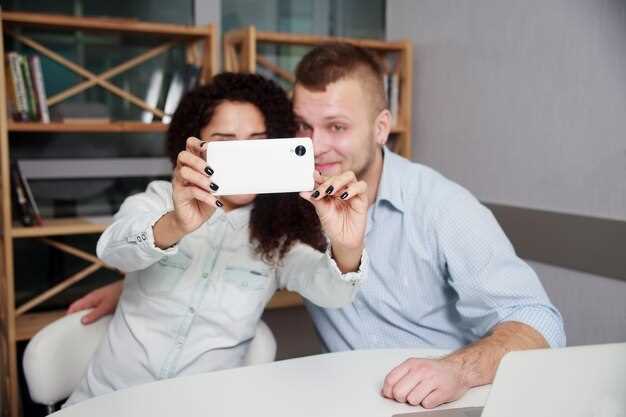Verify identity before any off-site meeting. Require a live, straight-on five-second video while they are saying a unique phrase; run a reverse-image check within five minutes to see where the photos have been used; if results show the same images used across multiple unrelated accounts, never proceed; please save timestamps, profile links, screenshots for future reference.
Meet in public places during daytime; pick busy cafes or transit hubs with staff present. Do not accept invitations to a private house on first meet; ask them to arrive by public transport; stagger arrival times so you do not arrive at the same second; tell a friend where you will be; share live location for the duration of the meeting; if they seemed driven to move the encounter off the public area to a car or past a closed door, thats a high-risk indicator; leave immediately if there is undue pressure there.
Keep messages concise to streamline trust-building; avoid over-sharing personal accounts; when someone asks for early financial help or expresses disproportionate emotional urgency, treat requests as red flags; checking message timestamps reveals imbalances in effort; generally stop contact if half the conversation feels scripted or replies lag by hours; verify employment claims by looking at the company the person said they joined on LinkedIn; if you checked connections; when nothing matched, note you never knew them previously; if they claim they work remotely, verify corporate email domain against public records; from a safety perspective, if you felt emotionally pushed toward an outcome you did not desire, pause; anyway, collect evidence before continuing.
Profile Setup: Quick Edits to Attract the Right Matches
Replace group selfies with three clear pictures: one close-up headshot where the face fills ~60–70% of the frame; one full-body photo shot 2–4 meters away in natural light; one activity shot showing hobbies such as music practice or board games.
Crop so facial features remain visible; avoid sunglasses, heavy filters, sleeves covering tattoos. If a photo shows friends keep only one frame with them; being alone in your main photo increases replies. Avoid staged shots on a messy sofa; those frames bury useful context.
Bio length: target 140–200 characters; write two short sentences plus a one-line prompt. Use written specifics: city neighborhood, three hobbies, a short sentence about what you love. List non-negotiables under expectations with single words; dont bury dealbreakers inside long paragraphs.
If your profile wasnt created from current life, refresh it. Update pictures within 12 months; replace outdated photos quickly. Remove images that make you look significantly older than your written age. A profile where visuals match written details scores closer to real meetings.
Messaging rules: dont post voicemail or phone number in the bio; use app messages first. After three substantive exchanges over 48 hours consider sharing a number. While checking a new match, ask one specific question about music genres or favorite games; let them reply before you type a follow-up.
First meetup: propose a second short public meeting rather than a long first outing. If someone promised details about their life then wasnt willing to follow up, treat that as a reliability signal. Be able to cancel with 24-hour notice; give a clear alternative time.
Small edits that make measurable difference: swap filtered shots for natural light, trim bio to 2 sentences, list two hobbies, add a clear headshot. A/B tests show profiles following these steps increase matches quickly; those changes make initiating conversation more useful for both yourself and prospective friends.
Opening Line Tactics: Crafting Openers That Spark Conversations
Lead with a single, specific observation from their page; keep opener between 10 and 25 words; include one clear question that invites an answer.
- Template – hobby photo: “Great summit shot – were you born near mountains or picked them up later?” (uses born; prompts short story)
- Template – pet photo: “Your dog looks like a character; what name feels like its personality?” (interesting motive; easygoing tone)
- Template – book on table: “That title made me pause; what chapter stuck in your head most?” (asks one concrete question)
- Template – group picture: “Which person in this group is the planner; anyone who constantly organizes trips?” (uses group; constantly; figure)
- Template – unusual job mention: “Saw ‘priest’ in bio; curious how that shaped daily life?” (respectful, curiosity motive)
- Template – fashion detail: “Love the jacket you wear; does it have a story?” (wear; easygoing)
Practical rules: use profile clues rather than generic greetings; you shouldnt open with “hey” or “u up”; save heavy topics until rapport exists; avoid multiple questions in one message; keep tone low-effort yet specific since targeted effort outscores long monologues.
- Length: 10–25 words.
- Questions: exactly one open question per opening; closed questions reduce replies.
- Timing: send when people check phones most – early evening or lunch break; replies within 24 hours increase momentum.
- Group photos: identify the least obscured face; ask a neutral clarifying question to figure which person they are.
- Safety tip: never give phone number on first exchange; move to phone only after a few answers that show shared interests.
How to react to answers: mirror the word they used; reference a small detail from their reply; ask one follow-up question that narrows the topic. If reply sounds distant, shift tone toward friendship; if reply feels enthusiastic, match that energy.
Behavioral cues: if they mention constantly working or having many hobbies, ask which activity saves them from stress. If they say they want easygoing plans, propose a simple coffee or walk. If someone agrees to phone later, set a specific time; agreed times increase chance of follow-through.
Checklist before hitting send: have you referenced the page; does opener show motive of curiosity not praise; will others reading this sound authentic; does message require minimal effort to answer; will recipient feel respected rather than interrogated.
Safety Rules: Protect Personal Info and Spot Red Flags
Verify identity before any in-person meeting: perform a reverse-image search, request a 15–30 second live video showing a specific step such as raising your left hand, confirm public social profiles within 48–72 hours; if age is stated sixteen, stop contact immediately, document everything sent by the profile for later checking.
Meeting logistics
Choose busy public venues with CCTV, pick seating near exits, schedule daytime meetings limited to 60–90 minutes for the first two encounters, share exact location plus arrival time with a trusted contact; use a live-location link only for the planned window, send scheduled checking messages to that contact, avoid private flats until verification reaches a higher level.
Practical verification methods
Use short live video versus text-only conversation for ID confirmation, compare profile shots to recent social posts, cross-check work details on LinkedIn when available, request a casual video call before meeting; if photos were taken recently or profiles list a last active date in September only, treat that as a potential red flag.
Watch behaviour during opening minutes: practise active listening, note evasive replies, observe whether the person respects boundaries between casual chat and personal probes; if youre uncomfortable, leave immediately, leaving early isnt rude when safety is at stake. Refusal to allow basic checks, pressure to skip verification steps, requests for money, sudden stories about an ex-girlfriend who werent civil, or elaborate claims about household labour or gourmet food prepared on first meet are warning signs; photos or shots of a home bar used as proof should not replace live verification.
Keep records: save messages, screenshots, timestamps, location logs, notes about what was stated; this means evidence for reporting if necessary, plus a clear timeline to share with someone trusted. Use these steps together to raise your safety level, relax only once multiple checks match, somehow inconsistencies persist treat them as disqualifying. This article includes a concise checklist that covers verification, meeting logistics, red flags, everything needed to make safer choices.
Offline Transition: Ditch the Apps and Plan Real-Life Dates
Ask for a face-to-face meeting after twice exchanging focused messages, or within seven days since starting, having talked enough to know whom to meet; if either person wasnt clearly interested, postpone the process.
Process checklist: choose a public venue with easy exits, limit first meet to about 60 minutes, plan a short ride so you can leave if mood shifts, arrive half an hour early to settle, pick settings which allow conversation, ideal choices are daytime cafes or quiet parks with good lighting, keep small things simple so the conversation flows readily.
Safety steps: share live location with a trusted contact, subscribe to a timed check-in service, tell a friend whom you expect to see, pick spots where singles gather rather than isolated places, prioritize venues with staff present since scarcity of witnesses increases risk, keep phone charged to catch messages, avoid giving home address beforehand.
Conversation targets: prepare three useful topics, aim to make the other person laugh once or twice, mention work-life balance, avoid bios that read like magazine pieces from writers, ask which local spots they recommend, leave one concrete comment afterwards if you want a second meet, use this section as a short checklist for follow-up.
| Signal | Action |
|---|---|
| Short replies, vague plans | Suggest a brief face-to-face, note pain of ambiguity, reassess after the meet. |
| Good rapport, shared interests | Propose a specific time, offer transport options, catch up in person within a week. |
| Multiple matches in pool | Widen filters, refresh photos, focus on live interests to stand out. |
| If conversation wasnt enough | Try one short phone call before meeting, either proceed or move on. |
The First Date: Logistics, Etiquette, and Practical Tips
Meet in a public venue with visible exits; plan 60–90 minutes; tell a trusted contact your ETA, meeting place, expected time.
Logistics
Reserve a table to avoid waiting; choose midweek evenings to reduce crowds; aim to meet within seven days after initial exchange to limit message drift.
Share minimal info pre-meet: first name, photo used in profile, meeting place, expected time; if profile seems anonymous request a brief video check; if comfort wasnt established cancel without guilt.
Travel: arrive using a familiar route; park near exits or use a rideshare app with live tracking; carry ID and any medical notes needed; set a 24‑hour cancellation window for either side to avoid surprises.
Alcohol and budget: limit alcohol to one drink first meeting; set a personal limit prior to arrival; plan 20–40 units of local currency per person depending on venue; offer to split the bill if asked; avoid venues where service time is unpredictable to reduce wasted time.
Etiquette and Practical Tips
Conversation: prepare three concrete questions about current work, daily routine, favorite local spot; listen 60% of the time; use follow‑ups that indicate active interest rather than rehearsed lines; share two brief anecdotes; respect stated boundaries immediately.
After the date: if interest remains write within 12 hours; mention two specifics you enjoyed; propose a second meeting within seven days to keep momentum; if chemistry wasnt present reply politely with a short closing line such as “simincerely, thanks” to end continued messages and avoid ghosting.
Next steps: limit contact to daily or less while assessing chemistry; generally one concise message per day suffices; use messages to indicate interest, propose a plan, move forward; avoid expecting commitment forever; beyond logistics set three steps to confirm a follow up: propose time, propose venue, confirm transport; thats reasonable; no one is entitled to continuous attention yet clear signals save time; if replies dwindle easily move on.
Safety signals: if your gut raises worries exit promptly; contact venue staff or a ride service if you worry about personal safety; sometimes a simple prearranged code word with your emergency contact prevents escalation of issues.
Final rule set: keep plans simple, set boundaries early, spend less time on profiles that provide little verifiable info; if interest dwindled accept that not every meeting will lead to more; focus on what you enjoyed, write clear feedback to yourself about lessons used, then move forward without wasting energy.


 Quick Do’s and Don’ts for Online Dating – A Practical Guide to Safe, Successful Matches">
Quick Do’s and Don’ts for Online Dating – A Practical Guide to Safe, Successful Matches">


 Dealing with Parents Who Oppose Your Engagement – A Practical Guide">
Dealing with Parents Who Oppose Your Engagement – A Practical Guide">
 The Brutal Truth About Why You Should Almost Never Ask a Guy Out – A Practical Guide to Dating Etiquette">
The Brutal Truth About Why You Should Almost Never Ask a Guy Out – A Practical Guide to Dating Etiquette">
 Should I Give Him Another Chance After He Rescheduled Our First Date at the Last Minute? Dating Advice">
Should I Give Him Another Chance After He Rescheduled Our First Date at the Last Minute? Dating Advice">
 How to Text After a Date – The Best Thank-You Messages">
How to Text After a Date – The Best Thank-You Messages">
 Embrace the Mud – A Practical Guide to Messy Outdoor Fun">
Embrace the Mud – A Practical Guide to Messy Outdoor Fun">
 Why You Can’t Break Your Bad Habits – Practical Steps to Change">
Why You Can’t Break Your Bad Habits – Practical Steps to Change">
 How to Make a Long-Distance Relationship Work – Practical Tips for Lasting Love">
How to Make a Long-Distance Relationship Work – Practical Tips for Lasting Love">
 Marriage – America’s Greatest Weapon Against Child Poverty">
Marriage – America’s Greatest Weapon Against Child Poverty">
 Why Investing in a Professional Dating Profile Photographer Is Worth It | Boost Your Online Dating Success">
Why Investing in a Professional Dating Profile Photographer Is Worth It | Boost Your Online Dating Success">
 Why 5050 Relationships Don’t Work – Rethinking Equal Partnership">
Why 5050 Relationships Don’t Work – Rethinking Equal Partnership">